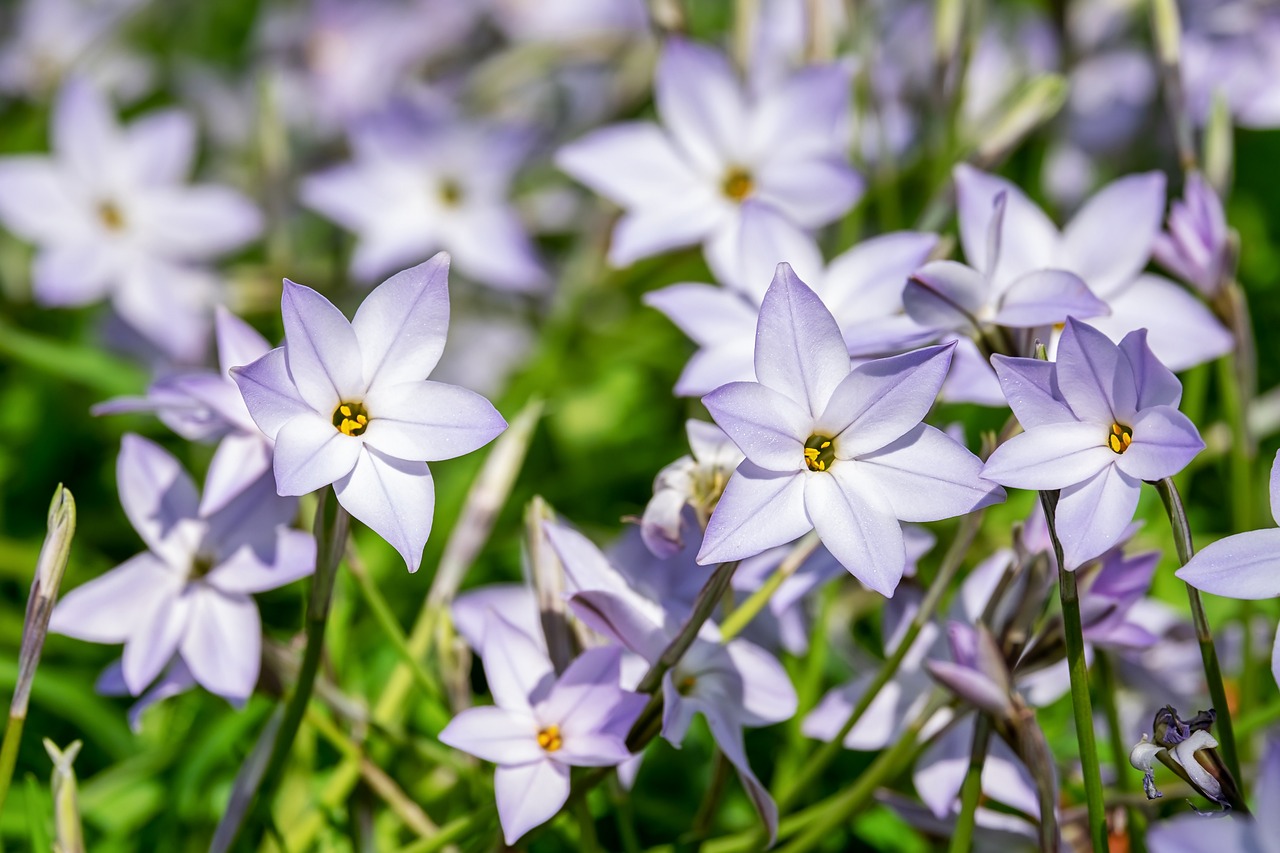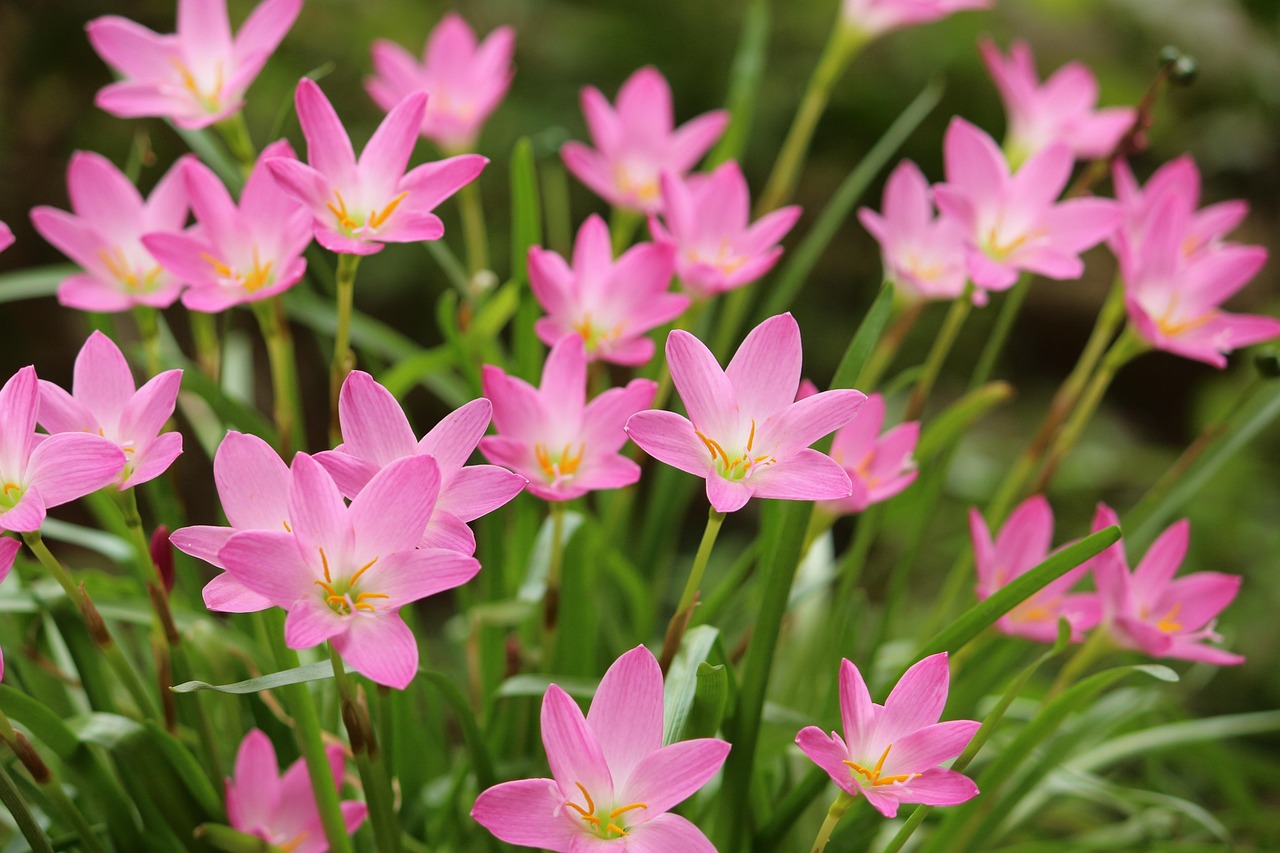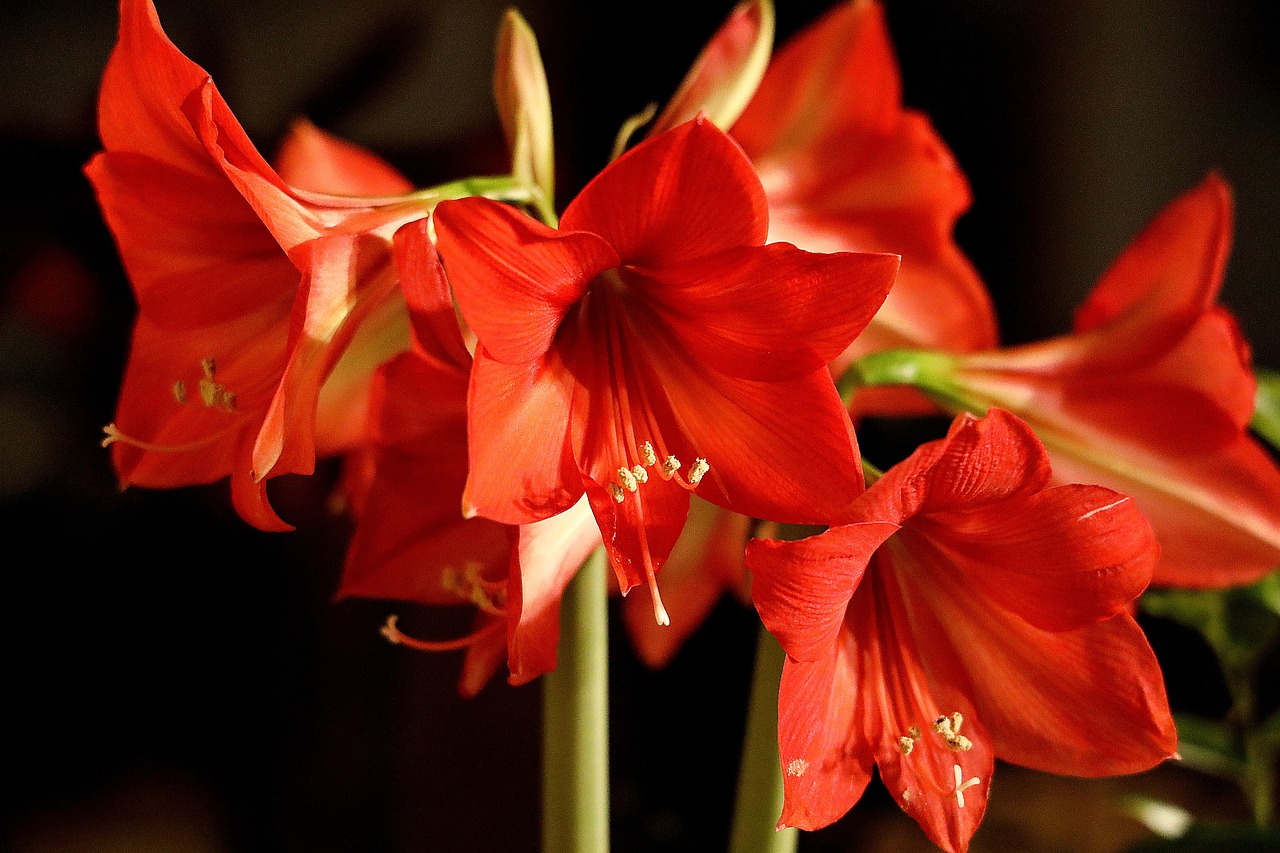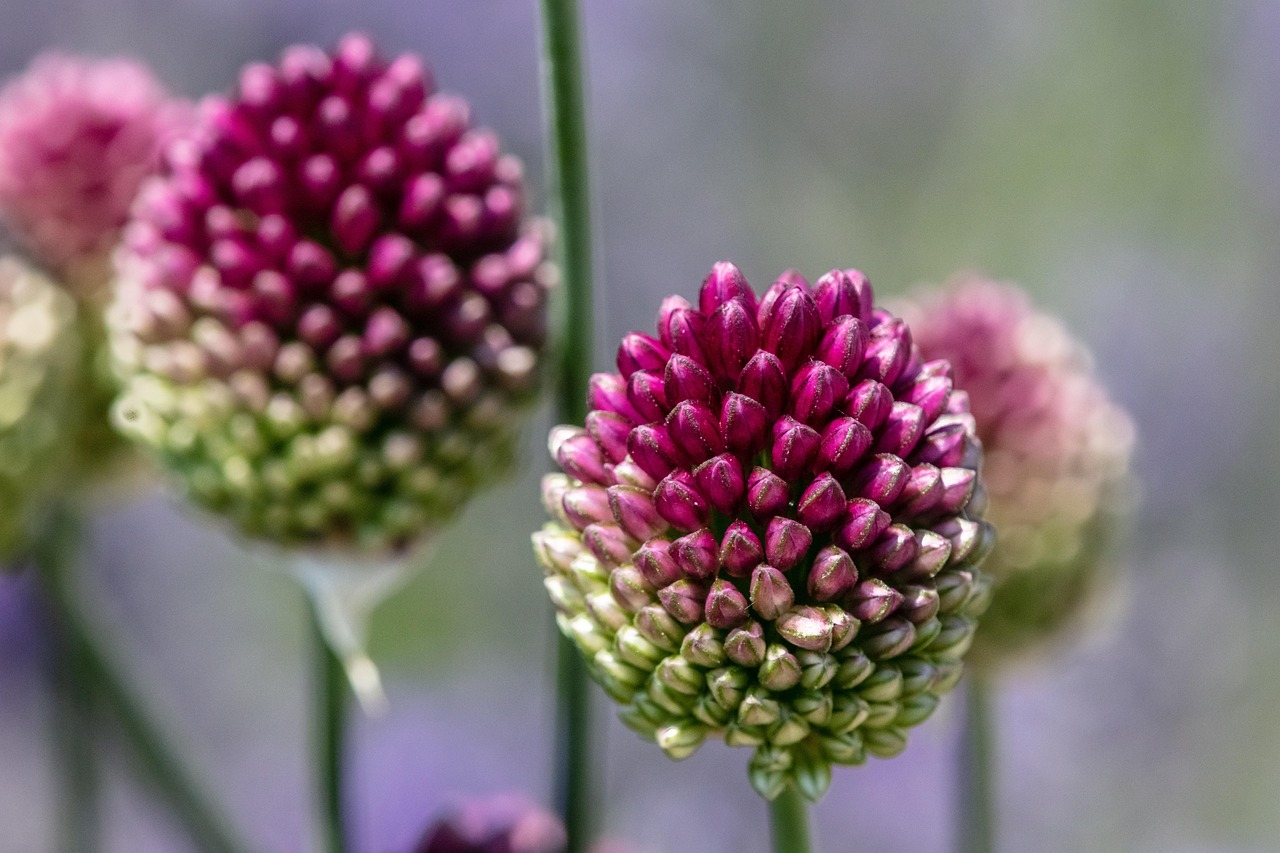Crinum asiaticum | Features and Care
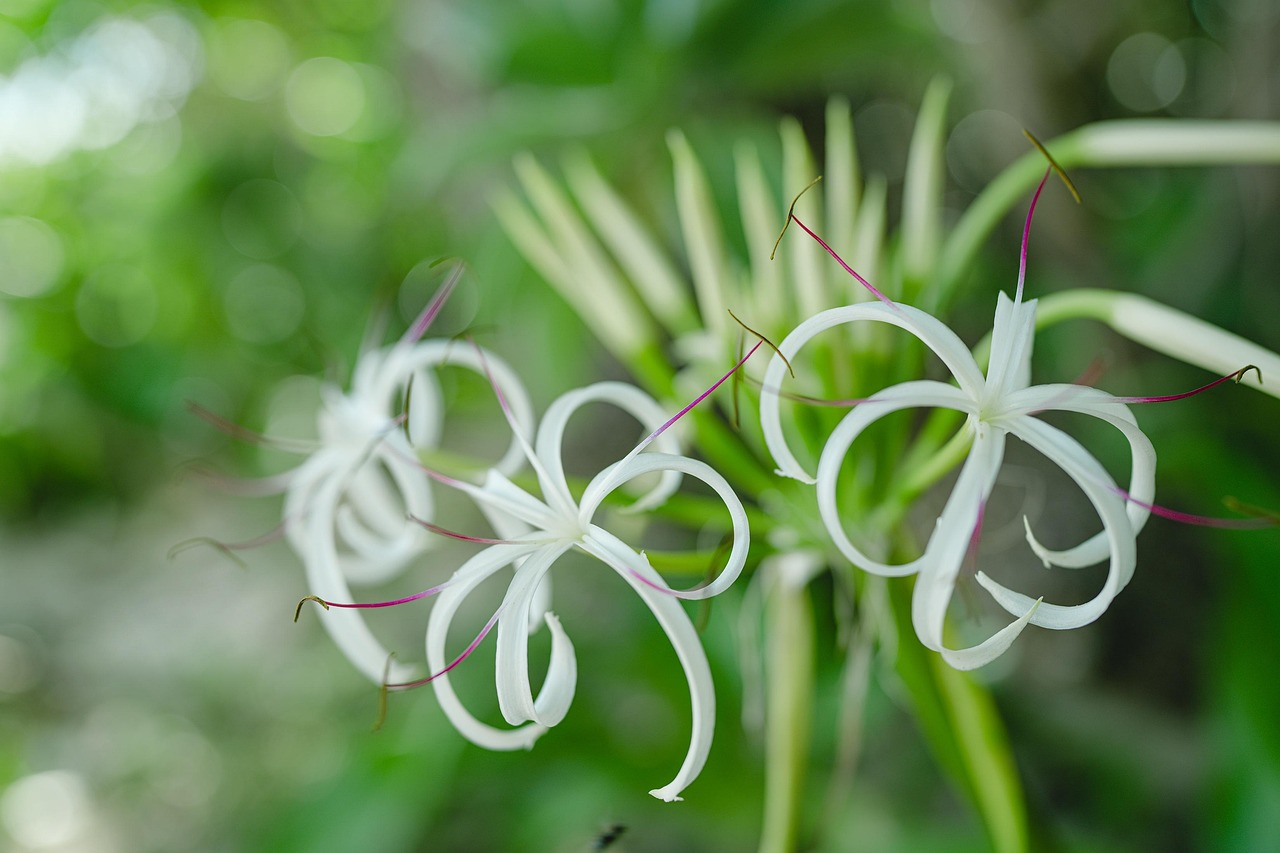
Crinum asiaticum is a perennial plant widely distributed across warm coastal regions such as Southeast Asia, the Pacific Islands, and the Indian subcontinent. Known for its glossy, long leaves and striking white flowers that bloom in summer, it is appreciated in Japan—especially in Kyushu and Okinawa—as both a garden and landscape plant.
Its elegant form suits a variety of settings, from traditional to modern, and it has become embedded in the cultural and visual landscapes of many regions.
This article explores the plant’s key characteristics, cultural significance, historical background, and essential care tips.
Basic Information
- Scientific name: Crinum asiaticum
- Family: Amaryllidaceae
- Origin: Southeast Asia, South Asia, northern Australia, Pacific Islands
- Appearance: The leaves are linear, thick, and can exceed one meter in length. The stem is thick, with a large bulb at its base that often becomes exposed above ground as it matures. The flowers are white with slender petals radiating outward in a delicate form. The scent tends to intensify at night.
- Blooming season: Early to late summer (June to August)
Cultural Significance Around the World
Crinum asiaticum is valued as a garden plant throughout tropical and subtropical regions for its cool, graceful flowers. In India, it is often planted in palace grounds and religious sites as a symbol of tranquility and harmony. In places like Bali and Sri Lanka, it is commonly planted alongside traditional architecture, serving to enhance the visual balance of the space.
In Japan, since the Meiji era, it has been used in public parks, schools, and religious grounds. Especially in warm regions such as Kyushu and Okinawa, it has become an integral part of the local landscape. On islands like Kikai-jima and Amami Oshima in Kagoshima Prefecture, it is cherished as a local flower, with some schools and cultural institutions adopting it as a symbol.
Historical Background
Crinum asiaticum was introduced to Europe from Southeast Asia during the 17th-century Portuguese and Dutch colonial activities. By the 18th century, it was documented in British botanical gardens such as the Royal Botanic Gardens, Kew, and featured in horticultural literature as a tropical ornamental plant.
In Japan, it arrived in port cities like Yokohama and Nagasaki in the 19th century through increased interaction with South Sea regions, and it began to appear in Western-style gardens.
The Japanese name “Hamayuu” (meaning “lily of the beach”) is a native term, although botanically the plant belongs to the Amaryllis family, not the lily family. It has also appeared in Japanese poetry and literature, deepening its cultural association over time.
Gardening Advice
As Crinum asiaticum grows large, it is best suited to spacious planting areas where its full appeal can be appreciated. Below are detailed care tips:
Sunlight
Prefers sunny locations. It tolerates direct sunlight well. Growth is possible in partial shade, but flowering may be reduced.
Watering
During the growing season (spring to autumn), water thoroughly when the surface soil dries. In summer, be especially careful not to let the plant dry out. In winter, water sparingly and avoid excessive moisture.
Soil
Requires well-drained soil. A mix of akadama soil, leaf mold, and pumice is recommended. For in-ground planting, ensure drainage by mixing pumice into the planting hole.
Fertilizer
From spring to summer, apply slow-release or liquid fertilizer once or twice a month. After flowering, reduce fertilization to encourage dormancy.
Overwintering
In regions where temperatures drop below 5°C, grow in containers and move them to a sunny indoor location during winter. Protect from frost to prevent bulb damage.
Repotting & Division
Repot every 2–3 years in spring or autumn. When the plant becomes large, divide the bulbs to propagate.
Conclusion
Crinum asiaticum is a perennial herb widely found across Southeast Asia and the Pacific and has been established in Japan since the Meiji era as a coastal ornamental plant. Its pure white flowers and bold foliage have made it a common sight in gardens, religious sites, and schools.
With roots in Southeast Asian and European horticultural history, it holds an important place in modern gardening as well. By providing an appropriate environment and basic care, it brings both visual impact and seasonal interest to the summer garden.

